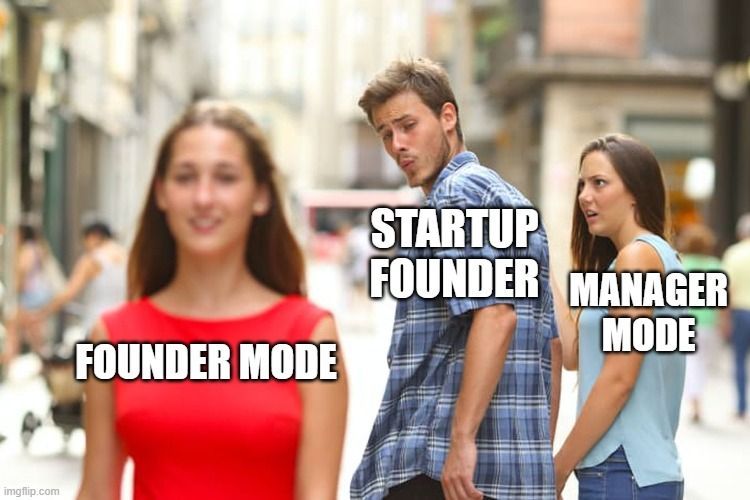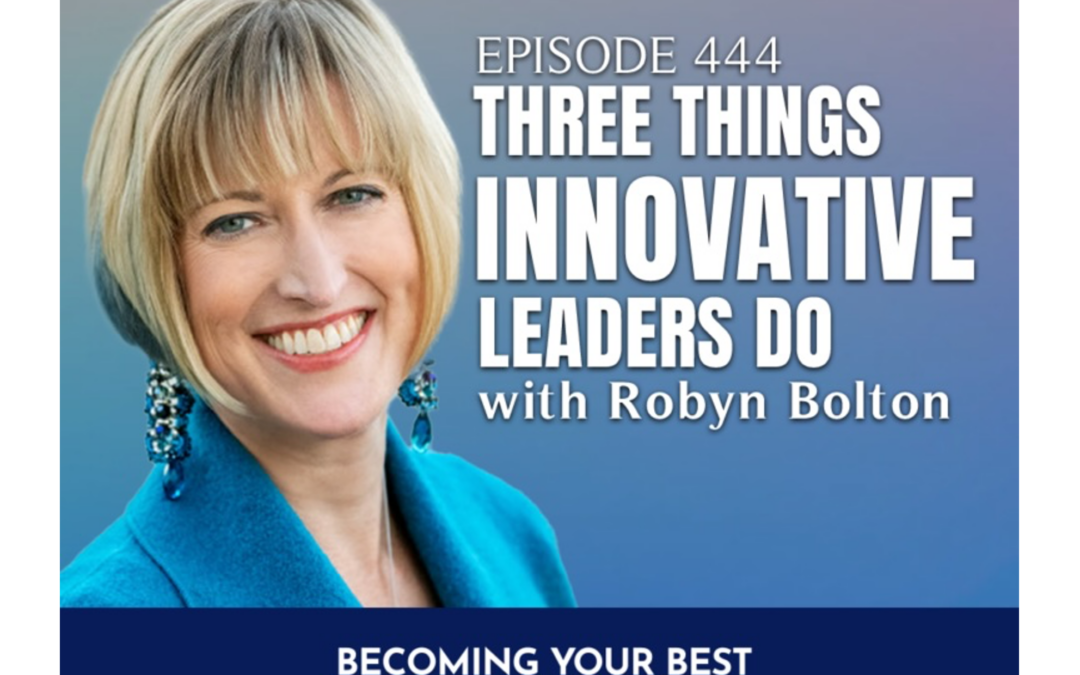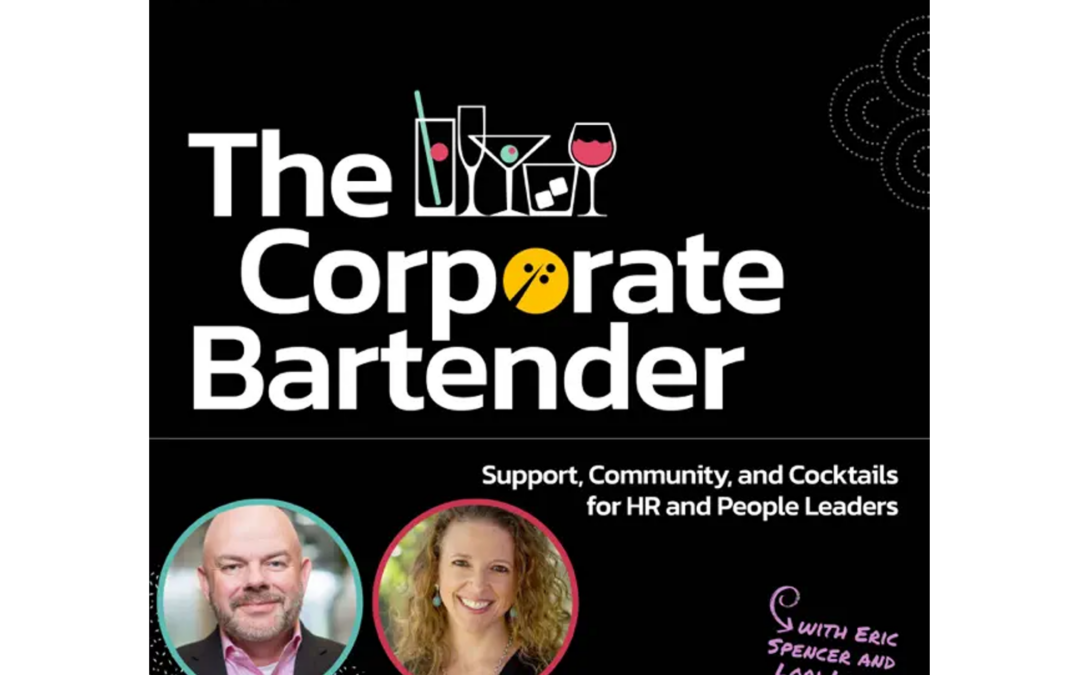
by Robyn Bolton | Sep 11, 2024 | Leadership
Paul Graham, cofounder of Y Combinator, was so inspired by a speech by Airbnb cofounder and CEO that he wrote an essay about well-intentioned advice that, to scale a business, founders must shift modes and become managers.
It went viral.
In the essay, he argued that:
In effect there are two different ways to run a company: founder mode and manager mode. Till now most people even in Silicon Valley have implicitly assumed that scaling a startup meant switching to manager mode. But we can infer the existence of another mode from the dismay of founders who’ve tried it, and the success of their attempts to escape from it.
With curiosity and an open mind, I read on.
I finished with a deep sigh and an eye roll.
This is why.
Manager Mode: The realm of liars and professional fakers
On the off chance that you thought Graham’s essay would be a balanced and reflective examination of management styles in different corporate contexts, his description of Manager Mode should relieve you of that thought:
The way managers are taught to run companies seems to be like modular design in the sense that you treat subtrees of the org chart as black boxes. You tell your direct reports what to do, and it’s up to them to figure out how. But you don’t get involved in the details of what they do. That would be micromanaging them, which is bad.
Hire good people and give them room to do their jobs. Sounds great when it’s described that way, doesn’t it? Except in practice, judging from the report of founder after founder, what this often turns out to mean is: hire professional fakers and let them drive the company into the ground.
Later, he writes about how founders are gaslit into adopting Manager Mode from every angle, including by “VCs who haven’t been founders themselves don’t know how founders should run companies, and C-level execs, as a class, include some of the most skillful liars in the world.”
Founder Mode: A meritocracy of lifelong learners
For Graham, Founder Mode boils down to two things:
- Sweating the details
- Engaging with employees throughout the organization beyond just direct reports. He cites Steve Jobs’ practice of holding “an annual retreat for what he considered the 100 most important people at Apple, and these were not the 100 people highest on the org chart.”
To his credit, Graham acknowledges that getting involved in the details is micromanaging, “which is bad,” and that delegation is required because “founders can’t keep running a 2000 person company the way they ran it when it had 20.” A week later, he acknowledged that female founders “don’t have permission to run their companies in Founder Mode the same way men can.”
Yet he persists in believing that Founder, not Manager, Mode is critical to success,
“Look at what founders have achieved already, and yet they’ve achieved this against a headwind of bad advice. Imagine what they’ll do once we can tell them how to run their companies like Steve Jobs instead of John Sculley.”
Leader Mode: Manager Mode + Founder Mode
The essay is interesting, but I have real issues with two of his key points:
- Professional managers are disconnected from the people and businesses they manage, and as a result, their practices and behaviors are inconsistent with startup success.
- Founders should ignore conventional wisdom and micromanage to their heart’s content.
Most “professional managers” I’ve met are deeply connected to the people they manage, committed to the businesses they operate, and act with integrity and authenticity. They are a far cry from the “professional fakers” and “skillful liars” Graham describes.
Most founders I’ve met should not be allowed near the details once they have a team in place. Their meddling, need for control, and soul-crushing FOMO (Fear of Missing Out) lead to chaos, burnout, and failure.
The truth is, it’s contextual. The leaders I know switch between Founder and Manager mode based on the context. They work with the passion of founders, trust with the confidence of managers, and are smart and humble enough to accept feedback when they go too far in one direction or the other.
Being both manager and founder isn’t just the essence of being a leader. It’s the essence of being a successful corporate innovator. You are a founder, investing in, advocating for, and sweating the details of ambiguous and risky work. And you are a manager navigating the economic, operational, and political minefields that govern the core business and fund your paycheck and your team.

by Robyn Bolton | Aug 20, 2024 | Podcasts

by Robyn Bolton | Aug 14, 2024 | Innovation, Tips, Tricks, & Tools
In 2020, the International Standards Organization, most famous for its Quality Management Systems standard, published ISO 56000, Innovation Management—Fundamentals and Vocabulary. Since then, ISO has released eight additional innovation standards.
But is it possible to create international standards for innovation, or are we killing creativity?
That’s the question that InnoLead founder and CEO Scott Kirsner and I debated over lunch a few weeks ago. Although we had heard of the standards and attended a few webinars, but we had never read them or spoken with corporate innovators about their experiences.
So, we set out to fix that.
Scott convened an all-star panel of innovators from Entergy, Black & Veatch, DFW Airport, Cisco, and a large financial institution to read and discuss two ISO Innovation Standards: ISO 56002, Innovation management – Innovation management systems – Requirements and ISO 56004, Innovation Management Assessment – Guidance.
The conversation was honest, featured a wide range of opinions, and is absolutely worth your time to watch.
Here are my three biggest takeaways.
The Standards are a Good Idea
Innovation doesn’t have the best reputation. It’s frequently treated as a hobby to be pursued when times are good and sometimes as a management boondoggle to justify pursuing pet ideas and taking field trips to fun places.
However, ISO Standards can change how innovation is perceived and supported.
Just as ISO’s Quality Management Standards established a framework for quality, the Innovation Management Standards aim to do the same for innovation. They provide shared fundamentals and a common vocabulary (ISO 56000), requirements for innovation management systems (ISO 56001 and ISO 56002), and guidance for measurement (ISO 56004), intellectual property management (ISO 56005), and partnerships (ISO 56003). By establishing these standards, organizations can transition innovation from a vague “trust me” proposition to a structured, best-practice approach.
The Documents are Dangerous
However, there’s a caveat: a little knowledge can be dangerous. The two standards I reviewed were dense and complex, totaling 56 pages, and they’re among the shortest in the series. Packed with terminology and suggestions, they can overwhelm experienced practitioners and mislead novices into thinking they have How To Guide for success.
Innovation is contextual. Its strategies, priorities, and metrics must align with the broader organizational goals. Using the standards as a mere checklist is more likely to lead to wasted time and effort building the “perfect” innovation management system while management grows increasingly frustrated by your lack of results.
The Most Important Stuff is Missing
Innovation is contextual, but there are still non-negotiables:
- Leadership commitment AND active involvement: Innovation isn’t an idea problem. It’s a leadership problem. If leadership delegates innovation, fails to engage in the work, and won’t allocate required resources, you’re efforts are doomed to fail.
- Adjacent and Radical Innovations require dedicated teams: Operations and innovation are fundamentally different. The former occurs in a context of known knowns and unknowns, where experience and expertise rule the day. The latter is a world of unknown unknowns, where curiosity, creativity, and experimentation are required. It is not reasonable to ask someone to live in both worlds simultaneously.
- Innovation must not be a silo: Innovation cannot exist in a silo. Links must be maintained with the core business, as its performance directly impacts available resources and influences the direction of innovation initiatives.
These essential elements are mentioned in the standards but are not clearly identified. Their omission increases the risk of further innovation failures.
Something is better than nothing
The standards aren’t perfect. But one of the core principles of innovation is to never let perfection get in the way of progress.
Now it’s time to practice what we preach by testing the standards in the real world, scrapping what doesn’t work, embracing what does, and innovating and iterating our way to better.

by Robyn Bolton | Jul 22, 2024 | Innovation
“This time feels different.” I’ve been hearing this from innovation practitioners and partners for months We’ve seen innovation resilience tested in times of economic uncertainty and geopolitical volatility. We’ve seen it flourish when markets soar and capital is abundant. We’ve seen it all, but this time feels different.
In fact, we feel a great disturbance in the innovation force.
Disturbances aren’t always bad. They’re often the spark that ignites innovation. But understand the disturbance you must, before work with it you can.
So, to help us understand and navigate a time that feels, and likely is, different, I present “The Corporate Innovator’s Saga.”
Episode I: The R&D Men (are) Aces
(Sorry, that’s the most tortured one. The titles get better, I promise)
A long time ago (1876), in a place not so far away (New Jersey), one man established what many consider the first R&D Lab. A year later, Thomas Edison and his Menlo Park colleagues debuted the phonograph.
In the 20th century, as technology became more complex, invention shifted from individual inventors to corporate R&D labs. By the late 1960s, Bell Labs employed 15,000 people, including 1,200 PhDs. In 1970, Xerox’s famed Palo Alto Research Center (PARC) opened.
Episode II: Attack of the Disruptors
For most of the twentieth century, R&D labs were the heroes or villains of executives’ innovation stories. Then, Harvard Business School professor Clayton Christensen published, The Innovator’s Dilemma: When New Technologies Cause Great Firms to Fail.
He revealed that executives’ myopic focus on serving their best (most profitable) customers caused them to miss new waves of innovation. In example after example, he showed that R&D often worked on disruptive (cheaper, good enough) technologies only to have their efforts shut down by executives worried about cannibalizing their existing businesses.
C-suites listened, and innovation went from an R&D problem to a business one.
Episode III: Revenge of the Designers
Design Thinking’s origins date back to the 1940s, its application to business gained prominence with l Tim Brown’s 2009 book, Change by Design: How Design Thinking Transforms Organizations and Inspires Innovation.
This book introduced frameworks still used today’s: desirability, feasibility, and viability; divergent and convergent thinking; and the process of empathy, problem definition, ideation, prototyping, and testing.
Innovation now required businesspeople to become designers, question the status quo, and operate untethered from the short-termism of business,
Episode IV: A New Hope (Startups)
The early 2000s were a dizzying time for corporate innovation. Executives feared disruption and poured resources into internal innovation teams and trainings. Meanwhile, a movement was gaining steam in Silicon Valley.
Y Combinator, the first seed accelerator, launched in 2005 and was followed a year later by TechStars. When Eric Ries published The Lean Startup: How Today’s Entrepreneurs Use Continuous Innovation to Create Radically Successful Businesses in 2011, the US was home to nearly 1o0 startup accelerators.
Now, businesspeople needed to become entrepreneurs capable of building, and scaling startups in environments purpose-built to kill risk and change.
In response, companies spun up internal accelerators, established corporate venture capital teams, and partnered with startup studios.
Episode V: Reality Strikes Back
Today, the combination of a global pandemic, regional wars, and a single year in which elections will affect 49% of the world’s population has everyone reeling.
Naturally, this uncertainty triggered out need for a sense of control. The first cut were “hobbies” like innovation and DEI. Then, “non-essentials” like “extra” people and perks. For losses continued into the “need to haves,” like operational investments and business expansion.
Recently, the idea of “growth at all costs” has come under scrutiny with advocates for more thoughtful growth strategies emerging There is still room for innovation IF it produces meaningful, measurable value.
Episode VI: Return of the Innovator(?)
I don’t know what’s next, but I hope this is the title. And, if not, I hope whatever is next has Ewoks.
What do you hope for in the next episode?

by Robyn Bolton | Jul 18, 2024 | Podcasts




